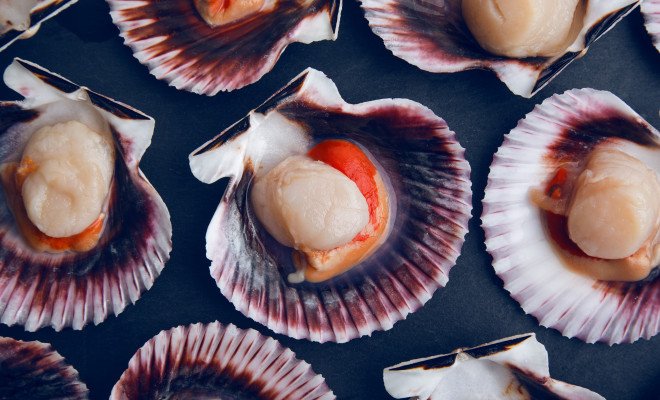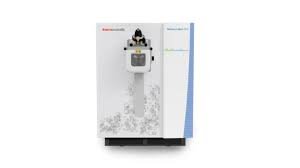Thursday, 30 October 2025
New Zealand Food Safety issues shellfish biotoxin alert
Affected shellfish include bivalve shellfish such as mussels, oysters, tuatua, pipi, toheroa, cockles and scallops, as well as pūpū (cat’s eyes), Cook’s turban, and kina (sea urchin) New Zealand Food…

Affected shellfish include bivalve shellfish such as mussels, oysters, tuatua, pipi, toheroa, cockles and scallops, as well as pūpū (cat’s eyes), Cook’s turban, and kina (sea urchin)
New Zealand Food Safety is advising the public not to collect or consume shellfish gathered from the Northland west coast due to a high paralytic shellfish toxin risk.
The Northland alert comes as New Zealand Food Safety reduces the biotoxin warning for the Hawke’s Bay region after testing has shown a drop in paralytic shellfish toxins to safe levels in some areas.
“Routine tests on seawater from Hokianga Harbour have shown very high levels of toxin-producing phytoplankton,” says Vincent Arbuckle, New Zealand Food Safety deputy director-general. “This is very likely to cause shellfish to contain paralytic shellfish toxins over the safe limit.”
Affected shellfish include bivalve shellfish such as mussels, oysters, tuatua, pipi, toheroa, cockles and scallops, as well as pūpū (cat’s eyes), Cook’s turban, and kina (sea urchin).
However, local councils still have a shellfish-collection warning in place from Te Awanga to Bay View due to harmful viruses and bacteria.
The warning remains in place for the area from Cape Runaway down to the Wairoa River mouth. People are warned not to collect or consume shellfish from this area, as the paralytic shellfish toxins are still at elevated levels.
Technology
Brookfield acquires Hong Kong site for cold storage venture with Uni-China
Oct 30, 2025 | Company News
Utah State University analysis finds diestel regenerative turkeys deliver superior nutritional benefits
Oct 29, 2025 | Company News
Food Testing
Thermo Fisher Scientific launches Orbitrap mass detector for food safety testing
Oct 24, 2025 | Company News
ADM advances quality capabilities with opening of new Central Milling Laboratory
Oct 16, 2025 | Company News
South Australia now tomato virus free
Oct 13, 2025 | Australia
More Popular
Brookfield acquires Hong Kong site for cold storage venture with Uni-China
Oct 30, 2025 | Company News
Prinova showcases on-trend beverage solutions at Fi Europe
Oct 30, 2025 | Beverages
dsm-firmenich delivers 19% EBITDA growth YTD, eyes €2.3 Bn for 2025
Oct 30, 2025 | Company News






